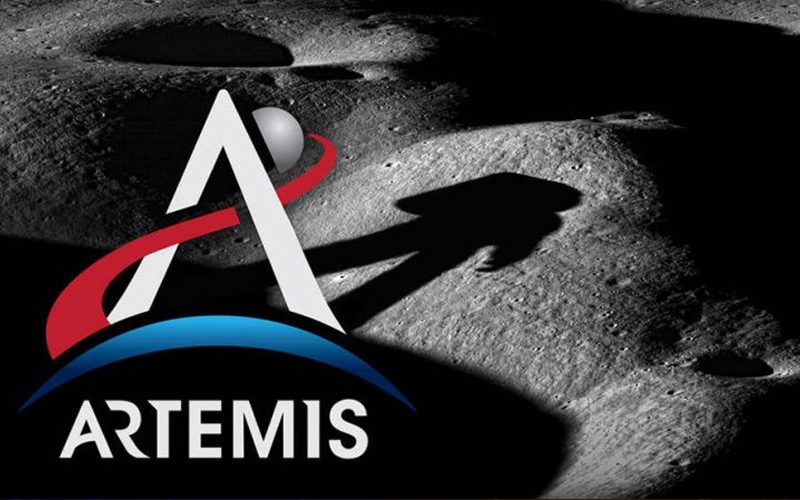An iconic and historic event in human history is expected to be produced by NASA’s Artemis I project.
In the upcoming years, the National Aeronautics and Space Administration (NASA) has a wide range of space missions planned, all of which are intended to explore various facets of outer space and advance human knowledge of the universe beyond Earth. The organization is contemplating a follow-up mission to the lunar surface, called Artemis 1, after the historic Apollo 11 mission that brought the first humans to the moon in 1969. A new kind of legendary status is expected for the US space agency’s upcoming lunar mission. The objective of the organization continuing the Artemis space project is to place the first female astronaut and the first astronaut of color on the Moon’s South Pole. Since Apollo 17 in 1972, this is the first crewed Moon mission by the US space agency. Lunar exploration is the primary objective of the Artemis space missions, but the organization’s long-term objectives are considerably more ambitious.
With Artemis, NASA hopes to fly to the Moon “and stay there,” rather than merely reenacting the successes of the Apollo missions. As a result, it is necessary to look at the prospect of establishing bases both in the lunar orbit and on the lunar surface, however, for the time being, the main objective of the organization remains the return of humans to the Moon by the middle of the decade. The as-yet-unflown spacecraft and rocket will lift off from Pad 39B at NASA’s Kennedy Space Center, orbit the Earth, and then send Orion and the ESM into an elliptical orbit of the Moon. This orbit will take them to within 62 miles of the Moon’s surface and about 40,000 miles beyond it. The mission will run about three weeks, and shortly after leaving the ESM behind, the Orion spacecraft will splash down in Baja, California. The Artemis I mission is expected to be special because it seeks to send the first woman and the first person of color to the Moon, which is expected to be a significant achievement for humanity even though humans have already walked and jogged around the lunar surface. NASA stated that it will send its space professionals to the moon to use revolutionary technology to examine more of the lunar surface than ever before on the Artemis mission’s official homepage. The mission’s goal is to establish a permanent presence on the moon. Another “major milestone for mankind” is anticipated as a result of the Artemis I mission’s assistance to NASA and other space researchers in their efforts to study more of the Moon. With this expedition, the objective of the organization is to acquire sufficient data for their upcoming mission, which will deliver the first astronauts to Mars. Many nations have examined the Moon’s surface, and rovers and other spacecraft have sent us daily updates on its movements and activities. So why is the organization launching a second lunar mission? The space agency clarified the frequently asked question by stating that they are returning to the Moon for scientific research, economic gains, and as an inspiration for the Artemis Generation, a new generation of explorers. They will create a worldwide alliance, continue American exploration leadership, and conduct deep space exploration for the good of mankind. The Artemis I mission astronauts will establish their base of operations by erecting an Artemis Base Camp on the surface of the Gateway in lunar orbit, according to the space agency. That so-called “Wet Dress Rehearsal Testing,” which takes place a few weeks before the actual launch, displays the capability of loading cryogenic propellants into the rocket at the launch pad. The crew must demonstrate its capability to scrub a launch and remove the propellants safely during the test, as well as practice the launch countdown.
According to the official schedule, NASA is scheduled to launch the Artemis 1 spacecraft on August 29 this year. By August 18, the spacecraft is expected to arrive at the launch site, at which point weather conditions and other relevant elements will be assessed. Following the success of the Artemis I mission, NASA will also announce the Artemis II and III missions, which are scheduled to launch around 2024.







